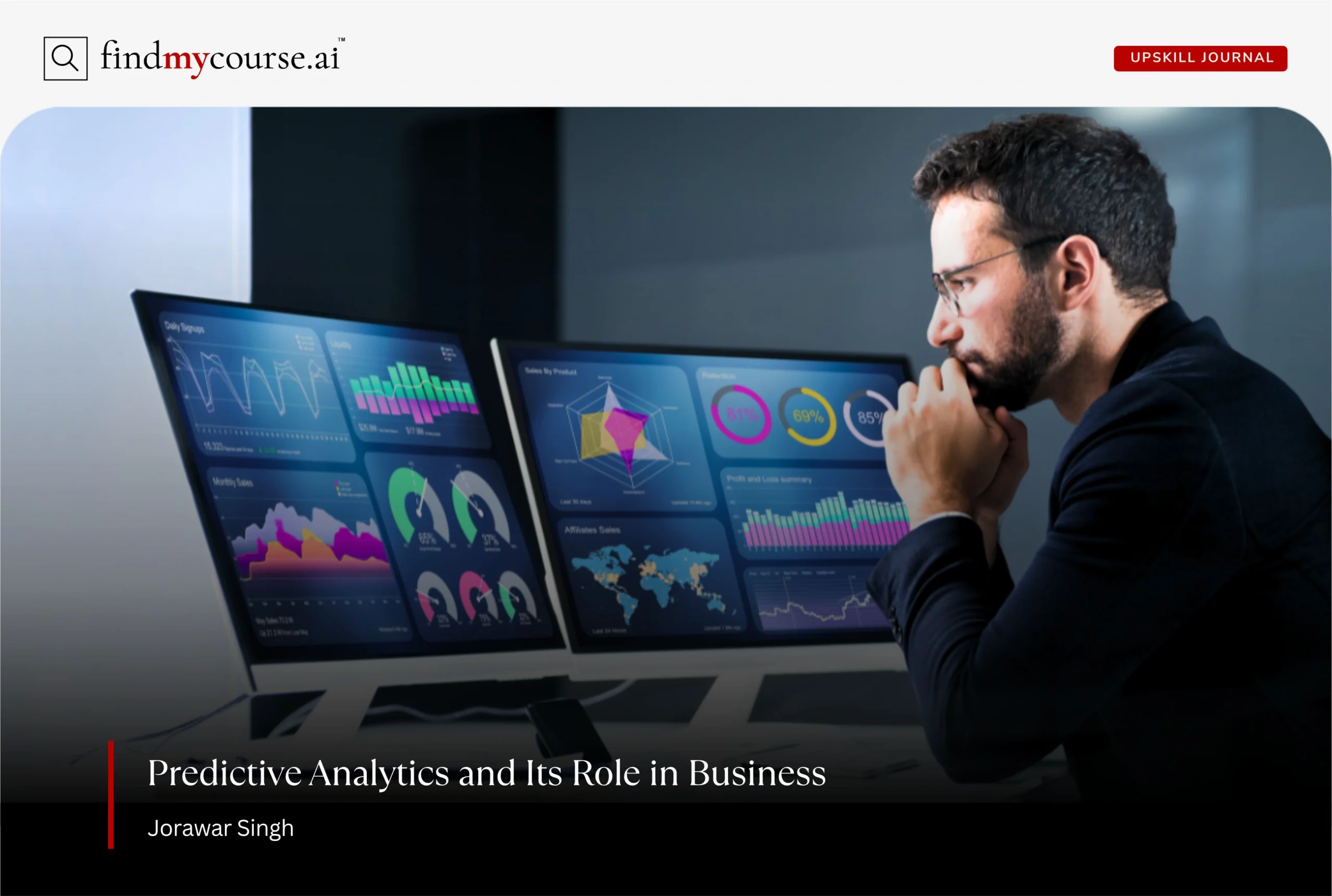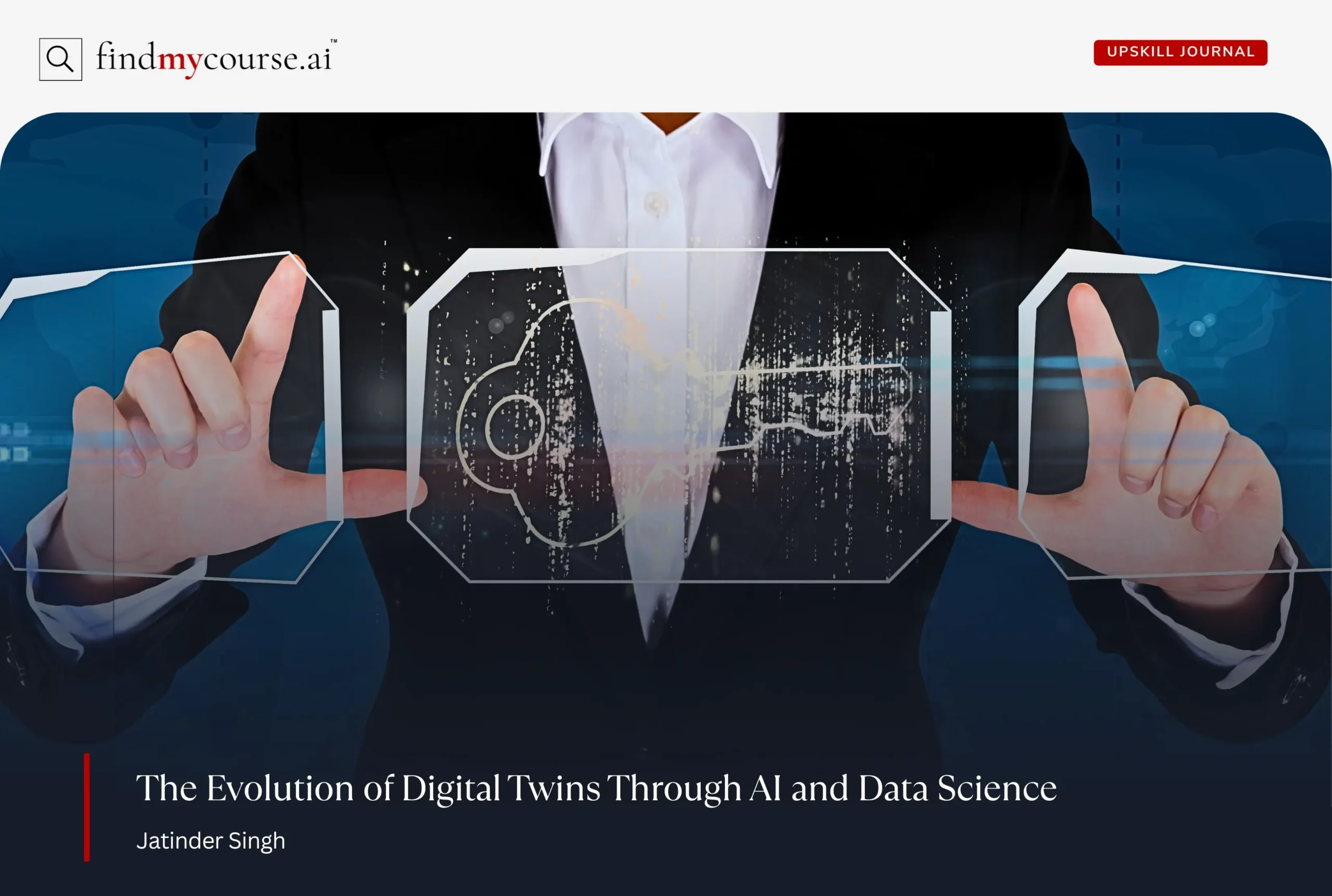Imagine if your business could see what’s coming next—not with magic, but with data. That’s the power of predictive analytics: helping companies spot opportunities, avoid problems, and make smarter decisions before they happen.
By analyzing past and present data using technologies like AI, cloud platforms, and real-time analytics, these tools deliver insights about what’s likely to come. Thus, in today’s fast-moving world, that foresight gives businesses a real edge.
What is Predictive Analytics?
At its core, predictive analytics is the use of data, statistical techniques, and machine learning to forecast future outcomes. It doesn’t just tell you what happened—it suggests what’s likely to happen next.
Think of it like this: If your business data is a story, this helps you guess the next chapter based on what’s already been written. Whether it’s forecasting sales, identifying which customers might leave, or knowing when a machine will break down, this approach allows businesses to stay one step ahead.
Why Is Predictive Analytics Important in Business?
In business, timing, accuracy, and foresight matter. That’s where predictive analytics makes a real impact. It helps companies:
- Make better decisions by using data instead of gut feelings.
- Understand customer behavior to deliver more personalized experiences.
- Increase efficiency by predicting demand and managing resources wisely.
- Reduce risks through early detection of potential issues.
From small startups to global enterprises, it has become a vital tool across industries.
Role of Predictive Analytics in Business
Let’s take a closer look at how different areas of a business—like marketing, operations, HR, and finance—can benefit from predictive insights, helping teams make informed decisions, improve performance, and stay ahead in an increasingly data-driven world.
Sales and Marketing: Reaching the Right People
In marketing, timing and targeting are everything. Predictive analytics helps businesses understand which customers are most likely to buy, what products they’re interested in, and when they’re ready to make a purchase.
Tools like Salesforce Einstein and Tableau with Einstein Discovery provide real-time customer predictions based on previous engagement, boosting personalization and campaign success.
For example, if a customer often buys running gear every few months, predictive tools can suggest the perfect time to send them a discount or product recommendation. This leads to higher conversion rates and happier customers.
It also helps reduce marketing costs by focusing efforts on the most promising leads, rather than trying to reach everyone.
Operations and Supply Chain: Staying Efficient
In operations, predictive analytics helps businesses stay efficient and avoid costly mistakes. It can forecast demand for products, so companies don’t overstock or run out of items.
Tools like Microsoft Azure Machine Learning, and Google Cloud Vertex AI help companies manage inventory, optimize delivery routes, and prevent machine failures before they happen.
It also helps optimize delivery routes, manage inventory, and schedule maintenance before machines fail. This reduces downtime, lowers costs, and ensures smooth day-to-day operations.
When businesses know what’s likely to happen next, they can plan better—and react faster when things change.
Finance and Risk Management: Making Smart Money Moves
Predictive analytics plays a key role in financial planning. It helps companies project cash flow, estimate expenses, and detect unusual activity.
Tools like IBM SPSS Modeler allow businesses to assess credit risk, uncover fraud, and analyze spending patterns with a high level of accuracy.
Banks and insurance companies use it to assess credit risk and predict fraud. By analyzing patterns, they can spot warning signs early—protecting both the business and its customers.
Moreover, in budgeting, predictive tools help decision-makers see different outcomes and prepare for multiple scenarios, making the organization more financially resilient.
Human Resources: Supporting People Better
People are the heart of any business. Predictive analytics helps HR teams improve hiring, identify top performers, and understand employee satisfaction.
Tools like Alteryx and SAP Analytics Cloud are used to analyze workforce trends, employee performance, and turnover risk—empowering HR teams to be proactive in managing talent.
It can even predict which employees might be at risk of leaving, so companies can take action to retain talent. With this insight, HR becomes more proactive and supportive—not just reactive.
Better talent decisions lead to a stronger workforce, improved morale, and lower turnover costs.
Challenges to Watch Out For
While predictive analytics offers big benefits, it also comes with a few challenges:
- Data Quality: Predictions are only as good as the data behind them. Incomplete or messy data can lead to poor results.
- Privacy and Ethics: Businesses must use data responsibly, protecting customer privacy and avoiding biased models.
- Change Management: Getting people to trust and use predictive tools can take time. Training and communication are key.
- Ongoing Monitoring: Models need to be updated regularly to stay accurate, especially in a fast-changing world.
Fortunately, with the right planning and support, these challenges can be managed—and the benefits far outweigh the risks.
Best Practices for Getting Started
If your business is new to predictive analytics, here are a few steps to help you get started:
- Start small: Choose one area, like customer retention or sales forecasting, and test predictive tools there first.
- Clean your data: Make sure your data is accurate, consistent, and up to date.
- Set clear goals: Know what you want to predict and why it matters to your business.
- Use the right tools: Look for platforms that match your team’s skill level and business needs.
- Keep learning: As your team gains experience, expand to more areas and refine your models.
And if your team needs upskilling, you can always study online to build data and analytics skills at your own pace. For example, Foundations of Predictive Analytics: Regression and Classification on edX provides a strong theoretical and practical grounding, while Introduction to Predictive Analytics Using Python on Coursera gives you hands-on experience applying these techniques with Python.
The Future of Predictive Analytics in Business
As technology continues to evolve, predictive analytics is becoming more advanced, faster, and easier to use. We’re seeing more real-time predictions, more automation, and more personalized experiences than ever before. Businesses that embrace predictive insights today will have a major advantage tomorrow. Additionally, they’ll be able to adapt quickly, serve customers better, and make decisions with greater confidence.
The future belongs to those who don’t just react—but who predict, plan, and lead with data.
Final Thoughts
Ultimately, the true strength of predictive analytics lies in its ability to transform uncertainty into actionable insight. It’s not just for data scientists—it’s a strategic asset that helps businesses move faster, plan smarter, and stay ahead. As data grows, so does the value of using it well. Companies that harness this power today are shaping the future, not just reacting to it. And if you have any more questions or doubts about this, feel free to ask our Ai Assistant.


